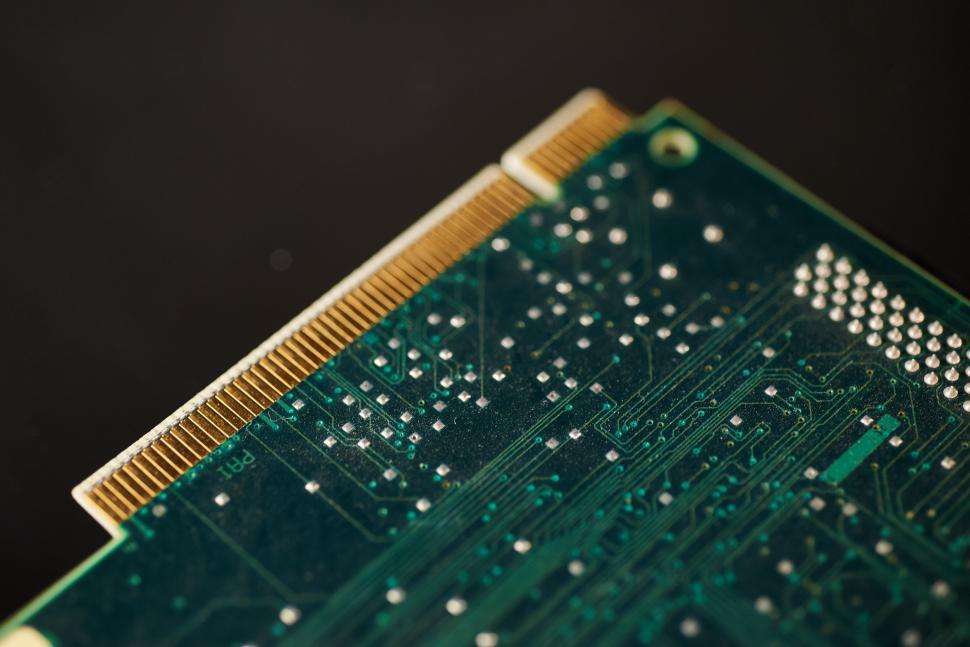Tech manufacturers once plagued by component shortages now face excess inventories and financial burdens, while industry dynamics remain uncertain.
For manufacturers who once grappled with component shortages in 2021 and 2022, the current surplus of inventory brings new challenges. In this rapidly changing landscape, it is essential to be cautious of unintended consequences.
Excess Inventory Challenges Tech Manufacturers
Not long ago, high-tech producers were grappling with a shortage of semiconductors and vital components, prompting costly investments in new facilities to bridge the gap. However, the tables have turned swiftly. Today, tech manufacturers find themselves burdened with excessive component inventories, accompanied by rising interest rates and the looming threat of obsolescence.
Persistent Slump in Demand and Global Supply Chain
The persistent slump in demand for manufactured goods shows no signs of abating. GEP’s Global Supply Chain Volatility Index, based on a monthly survey of 27,000 businesses, remained in negative territory at -0.34 in November. This marks the eighth consecutive month of global supply chains operating below capacity, with Europe’s outlook appearing particularly bleak, according to Todd Bremer, GEP’s Vice President of Consulting.
Causes of Shortages and Overbuying
The shortages witnessed in 2021 and 2022 resulted from the surge in consumer demand during the COVID-19 pandemic. When demand receded, manufacturers faced challenges in adjusting swiftly, leading to overbuying as a protective measure against disruptions.
Long Road to Recovery
Rebalancing supply with demand is expected to take several quarters. Manufacturers continue to grapple with the financial burden of carrying excess inventory, often acquired at a premium during scarcity. The swift transition in inventory levels does not necessarily provide a blueprint for future inventory management, given the multifaceted factors involved.
Global Shifts and Uncertainties
The upcoming year remains marked by uncertainties, notably the changing role of China in high-tech supply chains. Some companies are redirecting their focus from China to regions like the Americas, Europe, and Asia Pacific, with Mexico, India, and Vietnam set to benefit. However, significant shifts in sourcing require considerable time and investment.
Predicting Demand and AI’s Role
Manufacturers aim to improve their ability to predict demand for finished goods and the corresponding need for components and raw materials. Technology, particularly artificial intelligence, holds promise in this regard. Yet, the impact of such innovations will require time to materialize.
Anticipated Stabilization and Long-Term Optimism
Sourceability, drawing insights from its customers, anticipates excess inventories to diminish in the first half of 2024, with some stabilization expected in the latter half. Despite current challenges, Frank Bruno, interim CEO of Sourceability, remains optimistic about the long-term outlook. Applications reliant on electronic components, including autonomous driving systems and smart home devices, are projected to reignite demand within the next three to five years.








